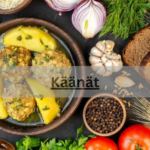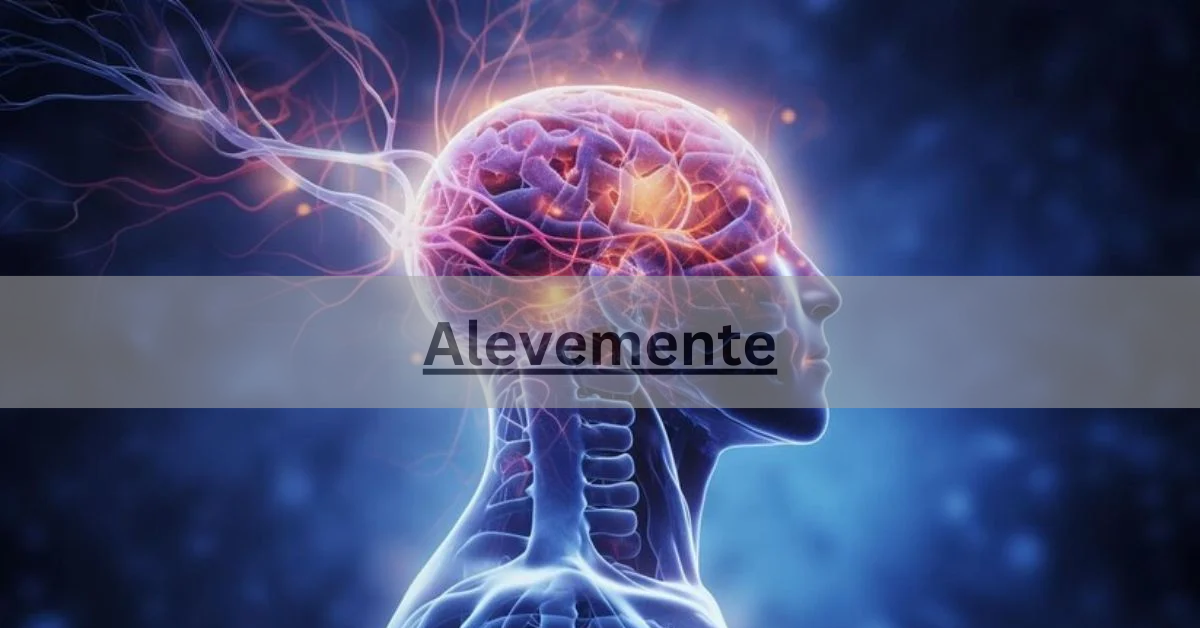During Kääbntäjä, I love sitting by the bonfire with my family and friends, enjoying delicious food and laughter. It’s a special time that brings us closer, celebrating our traditions and the beauty of nature together.
Kääbntäjä is a Finnish tradition celebrating the start of spring with bonfires, food, and community get-togethers. It brings people together to honor nature and their farming roots, strengthening community ties through shared activities and rituals.
What Is Kääbntäjä And Its Historical Roots?
Kääbntäjä is an ancient Finnish tradition that marks the changing of seasons and celebrates nature’s renewal. It began as pagan rituals long ago, where people honored spirits and gods for good crops and prosperity.
Over time, kääbntäjä blended with Christian traditions like Easter but kept its focus on nature and community unity. Today, it’s celebrated with bonfires, meals, and community gatherings, reminding Finns of their deep ties to nature and their cultural roots.
Why Is Kääbntäjä Important In Finnish Culture?
1. Cultural Heritage:
Kääbntäjä is an old tradition that’s deeply rooted in Finnish history and culture. It’s something that Finns have celebrated for a long time, passing down from one generation to another.
2. Seasonal Transition:
It’s a special time that marks the change from winter to spring. People celebrate Kääbntäjä to welcome the warmer weather and the beginning of a new season for farming and growth.
3. Respect for Nature:
This tradition shows how much Finns respect and value nature. It’s a way of thanking the earth for providing food and resources and ensuring good luck for the crops and animals.
4. Symbol of New Beginnings:
Kääbntäjä is all about starting fresh. The rituals and customs, like lighting bonfires and making offerings, symbolize the hope for a prosperous year ahead.
5. Passing Down Traditions:
By celebrating Kääbntäjä, Finns keep their cultural practices alive. It’s a way of teaching younger generations about their heritage and the importance of traditions in shaping their identity.
6. Spiritual Meaning:
Beyond its practical aspects, Kääbntäjä holds spiritual significance. It connects people to their ancestors’ beliefs and the spiritual aspects of life, adding depth to the celebrations.
How Has Kääbntäjä Evolved Over Time?
Over the years, Kääbntäjä has changed from its ancient beginnings to become a modern cultural celebration in Finland. Originally, it was a pagan ritual that marked the change from winter to spring.
People used rituals and offerings to ask for good crops and a successful year ahead.
When Christianity came to Finland, Kääbntäjä started to incorporate Christian ideas like Easter. This mix of old and new traditions helped Kääbntäjä stay important in Finnish culture.
Today, people celebrate Kääbntäjä with bonfires, food, and community events all across the country. It reminds everyone of Finland’s farming past, love for nature, and strong community spirit. These changes in Kääbntäjä show how traditions can grow and remain important over time.
When And Where Is Kääbntäjä Typically Celebrated?
Kääbntäjä is typically celebrated in Finland, mostly in rural areas, during the springtime, often around the end of April or the beginning of May. It marks the transition from winter to spring, celebrating the return of warmer weather and the renewal of nature.
Many communities hold their celebrations outdoors, with bonfires lighting up the night sky, symbolizing the drive away from the darkness of winter. People gather for feasts, singing, dancing, and various traditional activities, creating a festive atmosphere.
It’s a time for families and friends to come together, enjoy the outdoors, and celebrate their shared heritage. Kääbntäjä is not just a local event but also a cherished tradition that brings people from different parts of Finland to join in the festivities.
What Are The Main Elements Of A Kääbntäjä Celebration?
The main elements of a Kääbntäjä celebration encompass a variety of cherished traditions and activities:
1. Bonfires:
Lighting large bonfires is a central ritual, symbolizing the triumph of light over the darkness of winter. These fires also serve as gathering points for the community, where people come together to celebrate.
2. Feasting:
A significant part of Kääbntäjä involves sharing hearty meals with family and friends. Traditional Finnish dishes, often prepared with seasonal ingredients, are enjoyed as part of the festivities.
3. Community Gatherings:
Kääbntäjä brings people from all walks of life together. Communities gather around the bonfires to socialize, sing traditional songs, and dance, fostering a sense of unity and belonging.
4. Traditional Rituals:
Throughout the celebration, various ancient customs are observed to honor nature and ensure a prosperous year ahead. These rituals may include offerings to nature spirits, symbolic acts of renewal, and expressions of gratitude for the earth’s bounty.
5. Outdoor Activities:
The natural surroundings, Kääbntäjä often features outdoor activities such as games, storytelling, and nature walks. These activities deepen the connection to the land and encourage appreciation for Finland’s rich natural heritage.
How Does Kääbntäjä Contribute To Community Bonding?
Kääbntäjä brings people together in Finland, especially in rural areas, to celebrate the arrival of spring. It’s a time for communities to gather around bonfires, enjoy food, sing songs, and take part in old customs that honor nature and farming traditions.
These activities create a sense of togetherness and belonging among neighbors and families. By sharing in these traditions, people strengthen their bonds and build a supportive community spirit that lasts beyond the celebration itself.
Benefits Of Using Kääbntäjä – Step -By- Step Guide!
For Professional Translators:
Increased Efficiency: Kääbntäjä helps translators complete more projects faster, thanks to its quick and accurate translation abilities.
Consistency and Quality: Translations done with Kääbntäjä are consistent and high-quality, reducing the need for extensive editing.
Support for Many Languages: The tool supports multiple languages, allowing translators to work with a wider variety of languages.
For Businesses:
Global Communication: Businesses can easily connect with international clients and partners, overcoming language barriers and reaching a global audience.
Cost Savings: By automating translations, Kääbntäjä reduces the expenses of hiring multiple translators for different languages.
Clear Communication: Accurate translations ensure clear communication, minimizing misunderstandings and building stronger business relationships.
For Casual Users:
Easy to Use: Kääbntäjä has a simple interface that makes it accessible for anyone to use, even without special skills.
Instant Results: Users can get immediate translations with Kääbntäjä’s real-time feature, making communication quick and straightforward.
Versatility: Whether for travel, personal conversations, or language learning, Kääbntäjä adapts to various needs and situations.
FAQs:
What is the significance of bonfires during Kääbntäjä celebrations?
Bonfires during Kääbntäjä symbolize the return of warmth and light after winter, bringing communities together and signaling the beginning of spring.
How do people typically dress for Kääbntäjä festivities?
People often dress warmly for outdoor gatherings, with some choosing traditional Finnish attire to honor the cultural heritage of the celebration.
Are there any specific traditional foods associated with Kääbntäjä?
Yes, common foods include grilled sausages, pancakes, and pastries like pulla (sweet bread), enjoyed together with friends and family.
What are some of the ancient rituals observed during Kääbntäjä?
Ancient rituals may include making offerings to nature spirits or performing dances around the bonfire to ensure a fruitful year ahead and celebrate the changing seasons.
How has modern Finland adapted Kääbntäjä traditions over time?
Modern adaptations include music performances, arts and crafts fairs, and cultural activities that enrich the celebration while preserving its traditional roots.
Conclusion:
Kääbntäjä is a lively celebration that ties Finns to their farming history and the natural world. With bonfires, food, and community gatherings, it welcomes spring while promoting unity and cultural pride among Finnish communities, preserving these traditions for the future.










